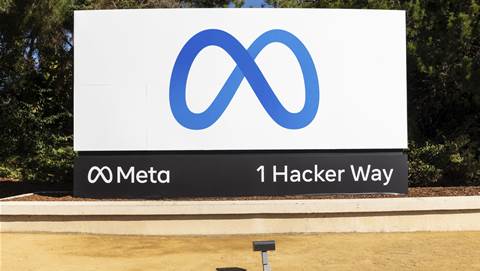The Department of Social Services is preparing to adopt hyperconverged infrastructure for all its workloads to minimise data centre costs.

The federal department is looking to set up a new arrangement to provide and support the new x86-based and VMware compatible infrastructure that will replace its near end-of-life in-house storage and compute infrastructure.
The hyperconverged infrastructure is ultimately expected to host both the department’s protected and unclassified workloads and data in a bid to achieve more “efficient, effective and economical use of public money on a whole of life basis”.
The arrangement will initially be used to replace “existing storage and compute [hardware]” currently used for the department’s “secure enclave” or protected workload environment.
As such, the hardware and related software and services will be required “to be certified by an IRAP assessor to hold data at the protected level”.
However the arrangement may also be used to source hardware for unclassified workloads, as “DSS would like to run both Protected and Unclassified workloads on the same hardware”.
“The services should be capable of scaling beyond the initial implementation size of the protected workloads to a future state that would include the unclassified workloads,” tender documents state.
In doing so the department hopes it will “optimise the use of space” in its two data centre facilities to reduce costs.
As DSS currently runs “each application or workload in a single data centre facility” instead of stretching workloads across data centres, its preference is for infrastructure solutions “that do not span data centre facilitates”.
“In the event of a failure in one data centre facility, a workload will be started in a different data centre facility,” the department said.
“The objective of this model is to ensure any failure of a component in one data centre facility does not propagate or affect operations [at] another data centre facility.”
“Solutions therefore that provide a single control plane and will continue to function if a data centre fails are preferred.”
The arrangement will run for up to five years.



.png&h=140&w=231&c=1&s=0)



 iTnews Executive Retreat - Security Leaders Edition
iTnews Executive Retreat - Security Leaders Edition












_(1).jpg&h=140&w=231&c=1&s=0)



